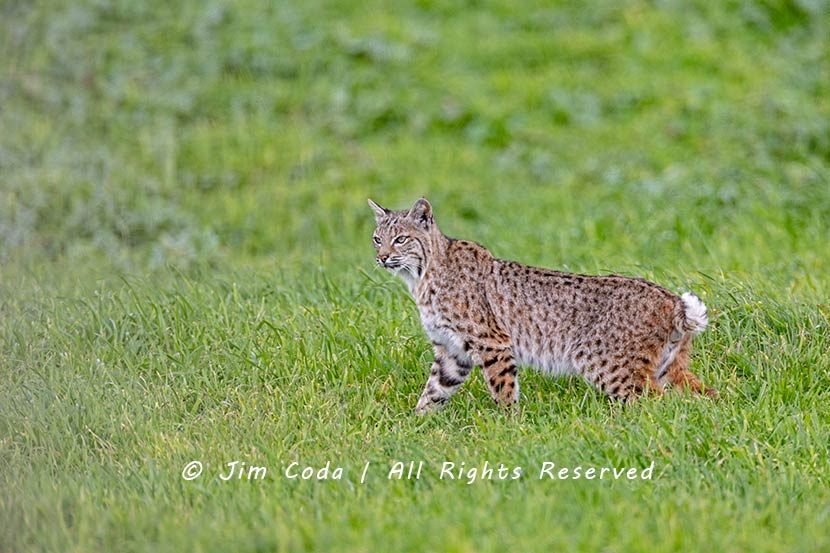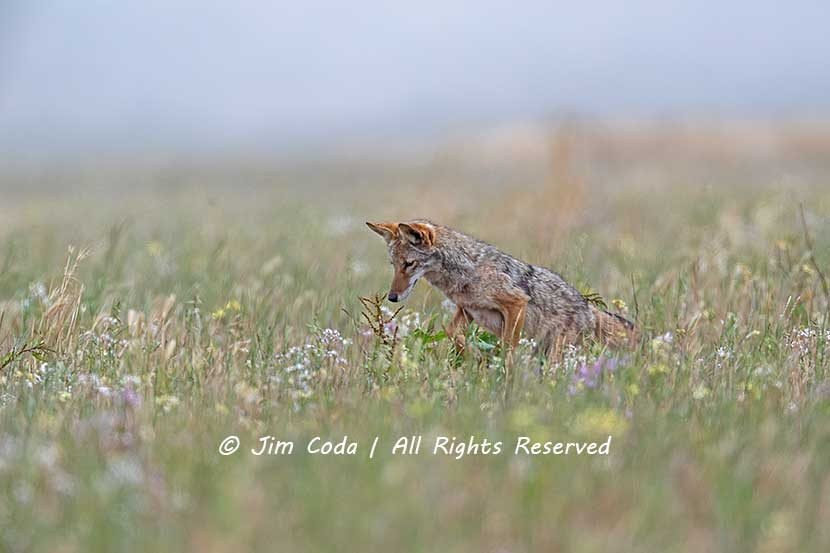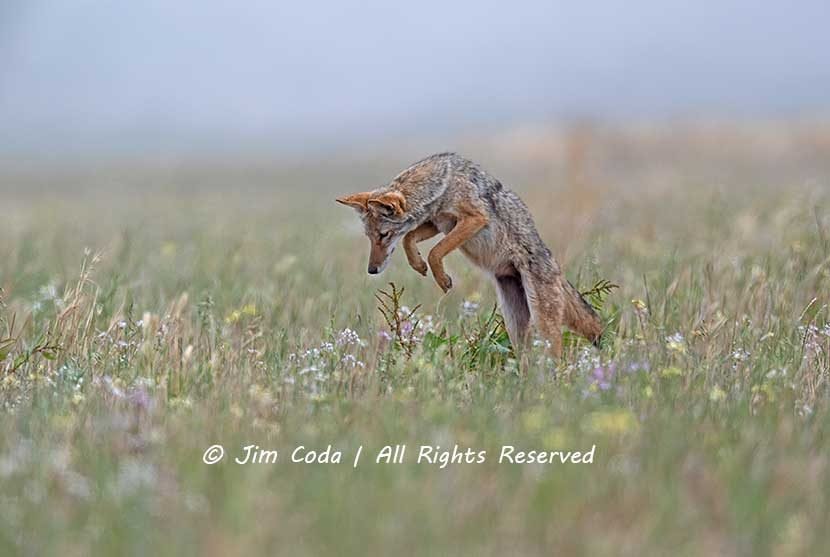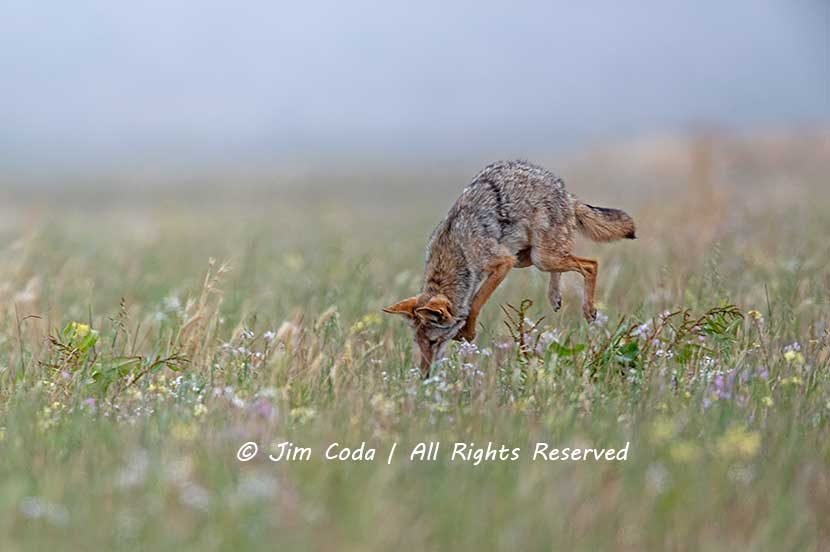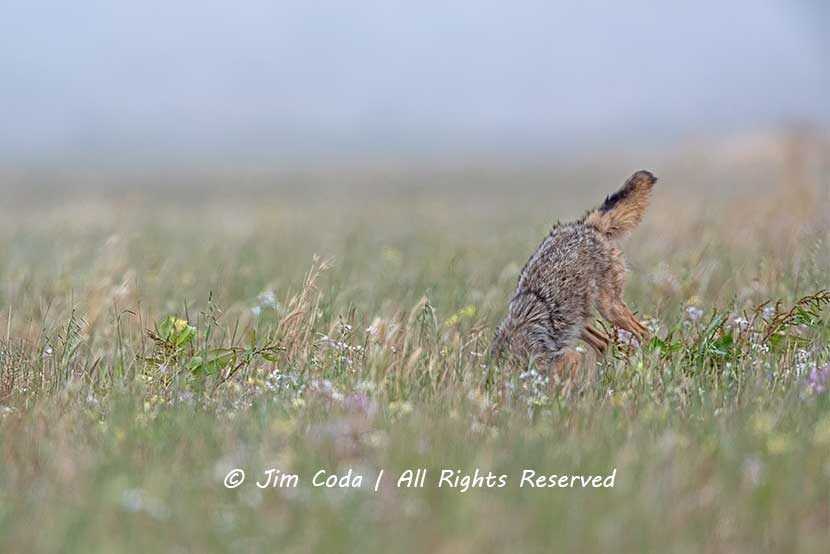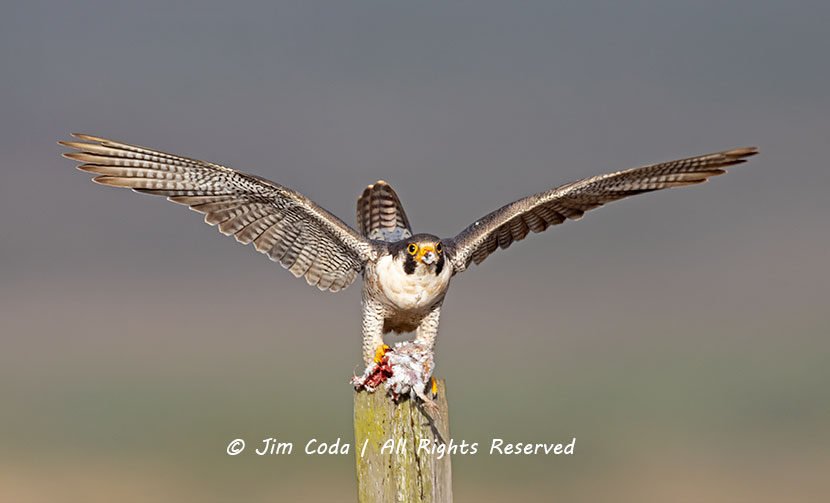Some of My Favorite Images from 2018
Back in late 2007 a photographer by the name of Jim Goldstein invited other photographers to do blogs showing their 10 best photographs of that year and to send him a link to their blogs which he would then add to a list of the blogs of all who were participating. It was a great service to all who appreciated good photography. It gave me a handy list of photographers (mostly nature photographers) so I could easily look at what they were doing and how my work compared to theirs. I participated a couple of times, but somehow forgot about it. I saw a notice about it recently and decided to participate again.
2018 for me was highlighted by a trip to Tanzania hosted by the African Wildlife Foundation (Craig Sholley) and Nature’s Best Photography (Jeff Vanuga). They hired Thomson Safaris to deliver all the necessary services such as camps, food, drivers etc. All three were superb. I also made my regular trips to Point Reyes National Seashore, which is a short drive from my home.
Jim Goldstein used to ask that you list your 10 “best” photos. The limit of 10 was not strictly followed by most and Jim seems to have de-emphasized it nowadays. Picking what you think are your “best” photos is not easy. So, below is a list of “some” of my “favorite” photos of 2018 in no particular order.
Finally, Jim’s list of links won’t be out until about the second week in January and when it comes out I’ll insert a link here. here it is: https://www.jmg-galleries.com/blog/2019/01/08/photos-2018-jmggalleries-blog-readers/
For now, you can go to his blog touting the 2018 round and linking to all the previous rounds all the way back to 2007 by clicking here. Thanks Jim!
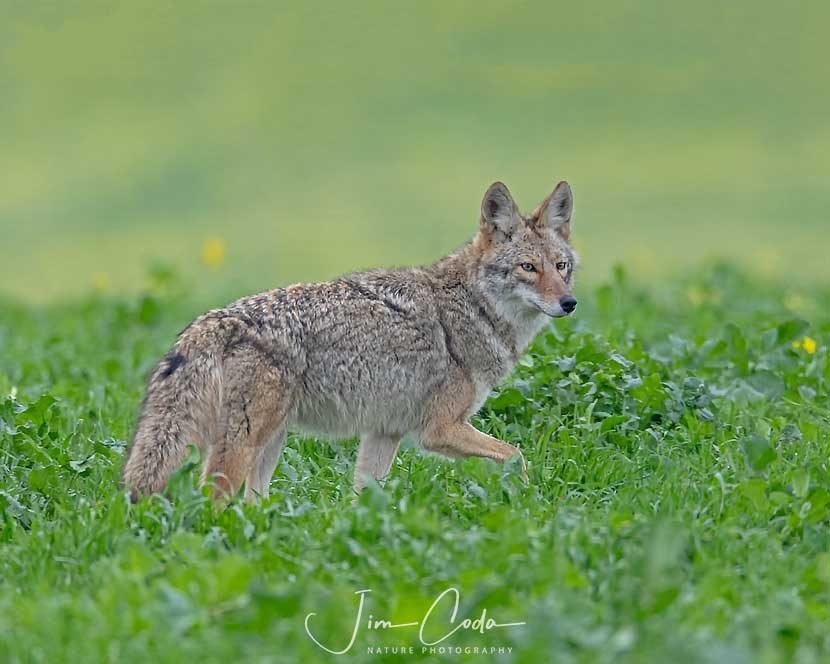
Coyote, Point Reyes National Seashore

Leopard, Serengeti National Park

Bobcat with Damaged Eye, Point Reyes National Seashore
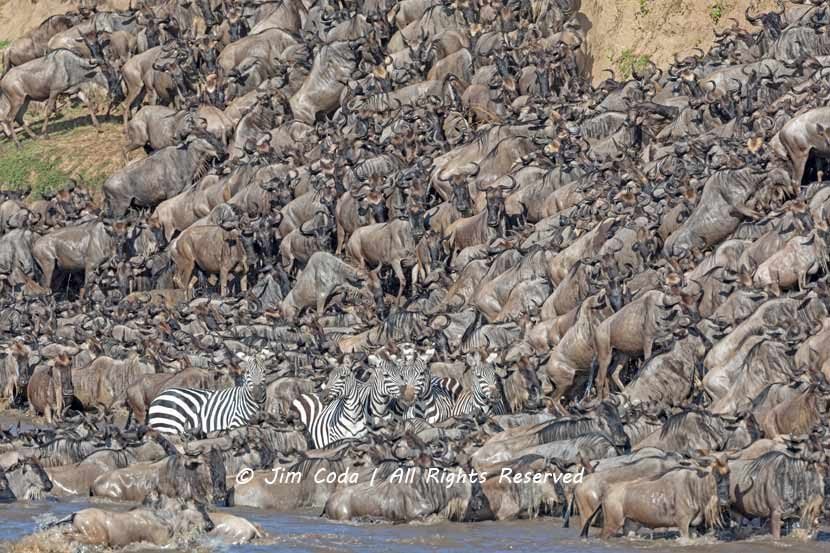
Wildebeest Crossing Mara River, Serengeti National Park

Two Cheetahs Rest, Serengeti National Park
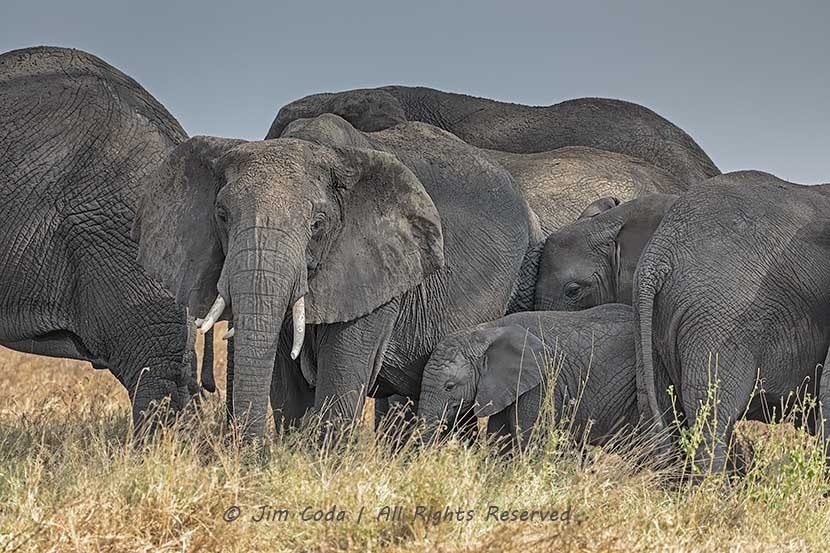
Mother Elephants and Calves, Serengeti National Park, Tanzania
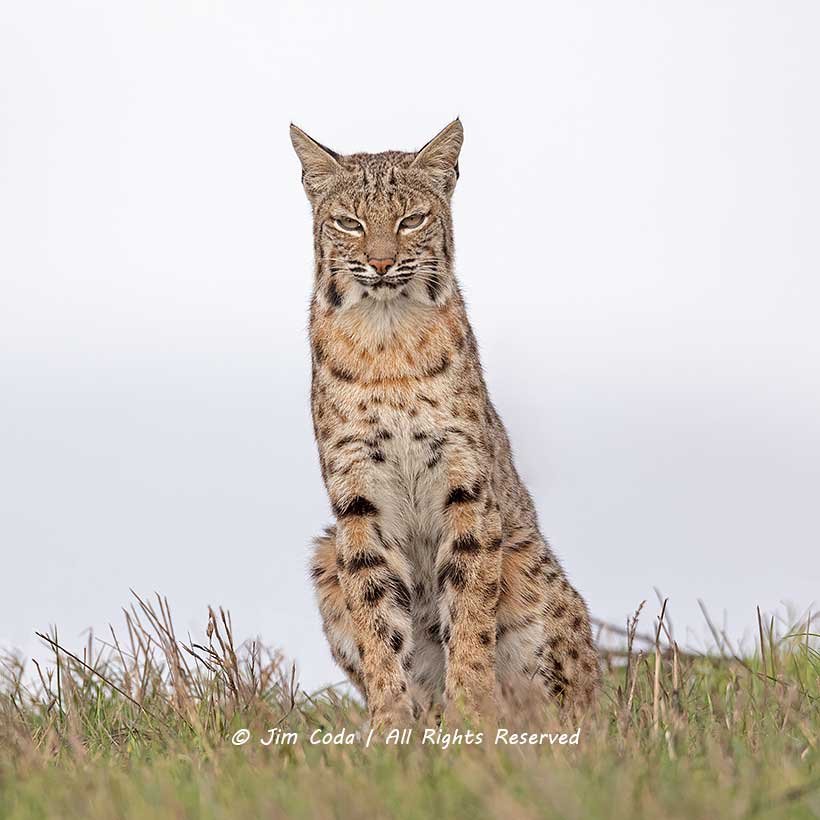
Bobcat, Point Reyes National Seashore

Bobcat, Point Reyes National Seashore
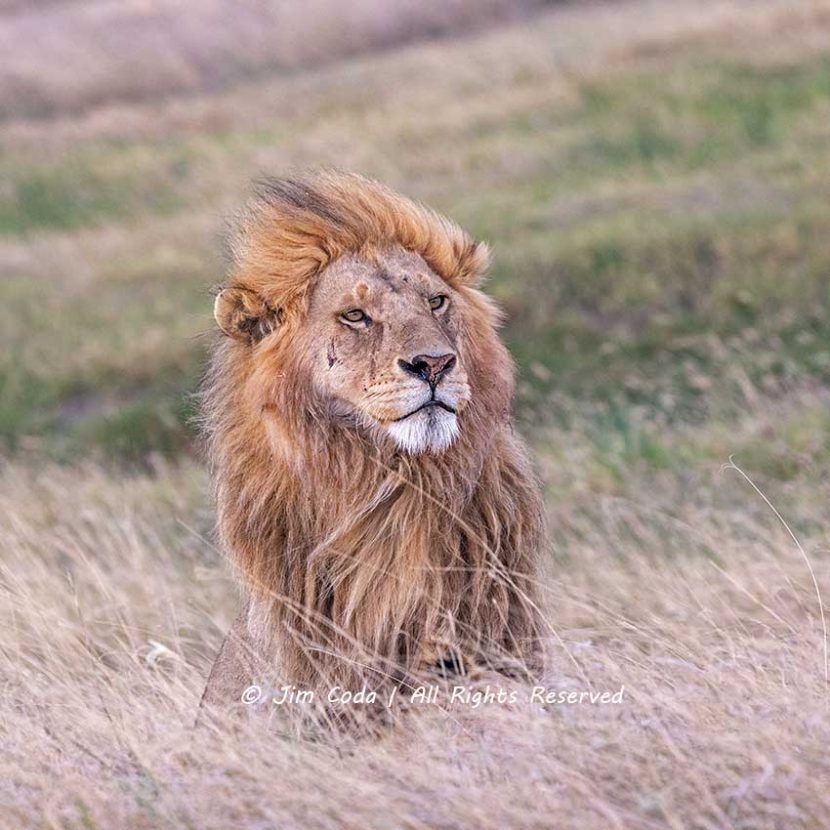
Male African Lion, Serengeti National Park
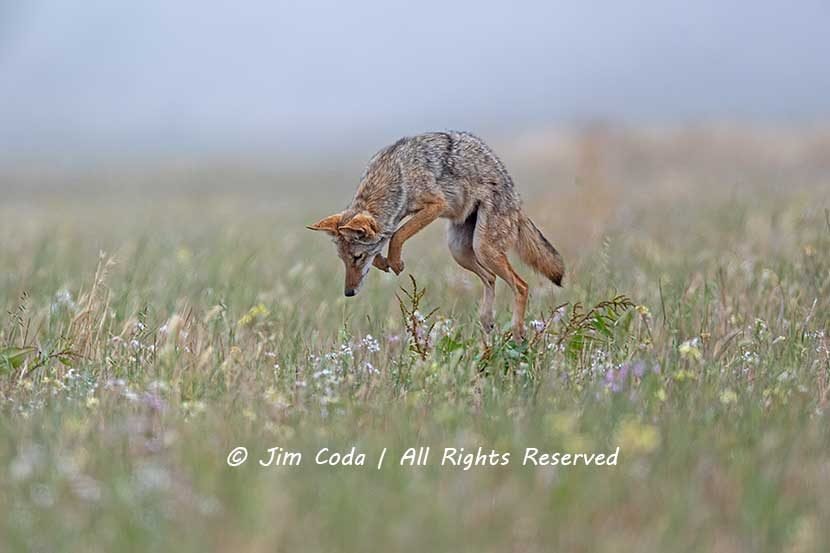
Coyote, Point Reyes National Seashore

Elephants, Tarangire National Park
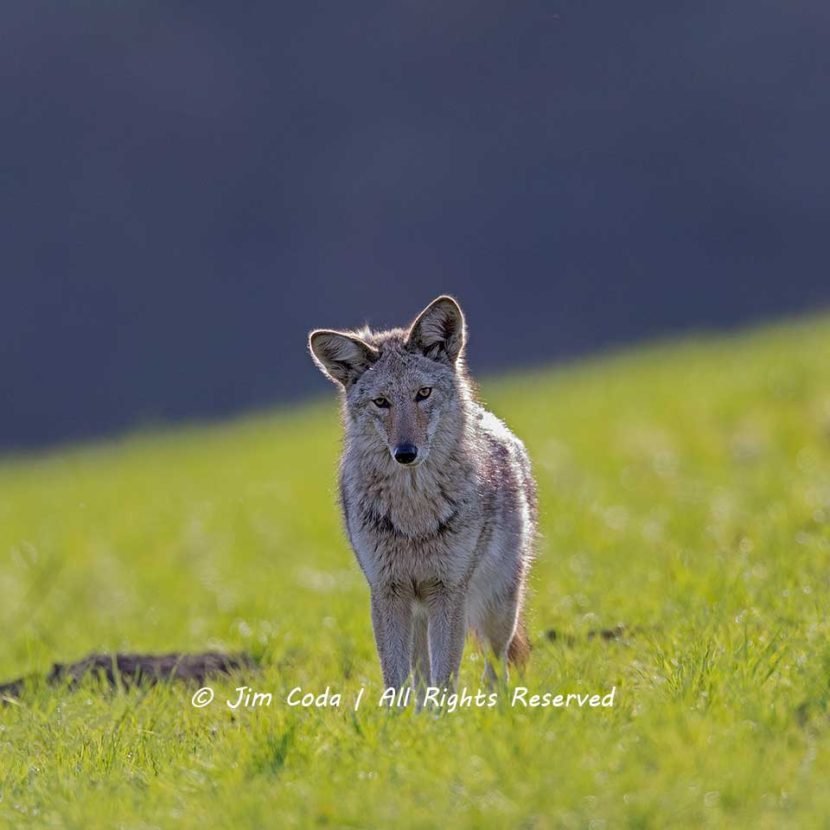
Coyote, Point Reyes National Seashore
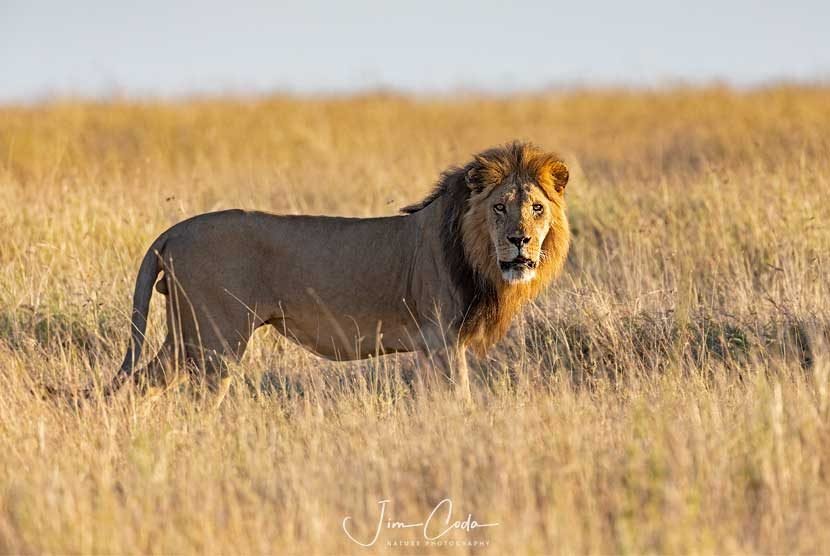
Male Lion, Serengeti National Park

Coyote, Point Reyes National Seashore
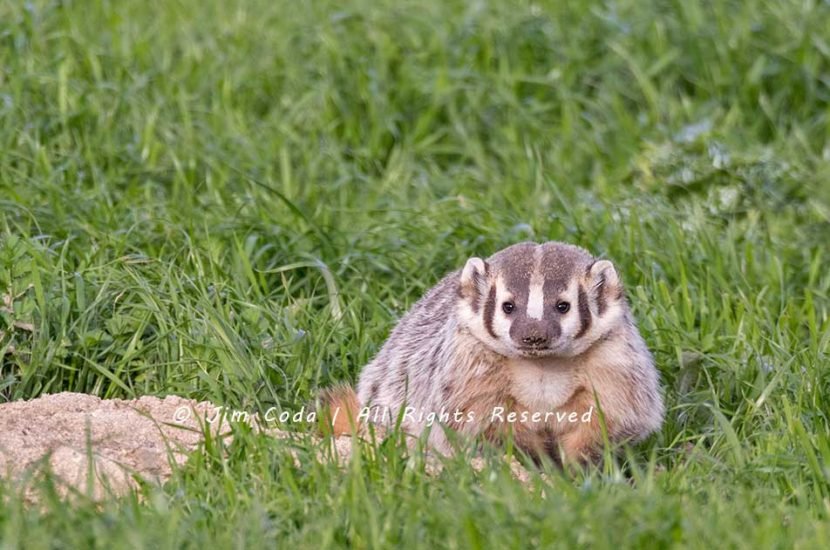
Badger, Point Reyes National Seashore
